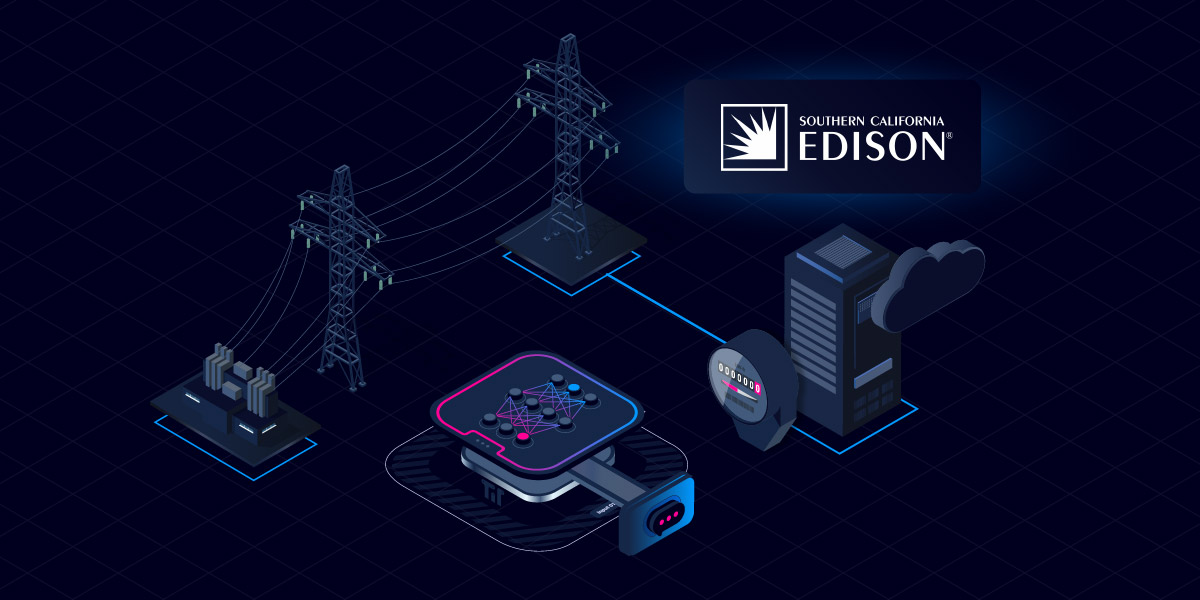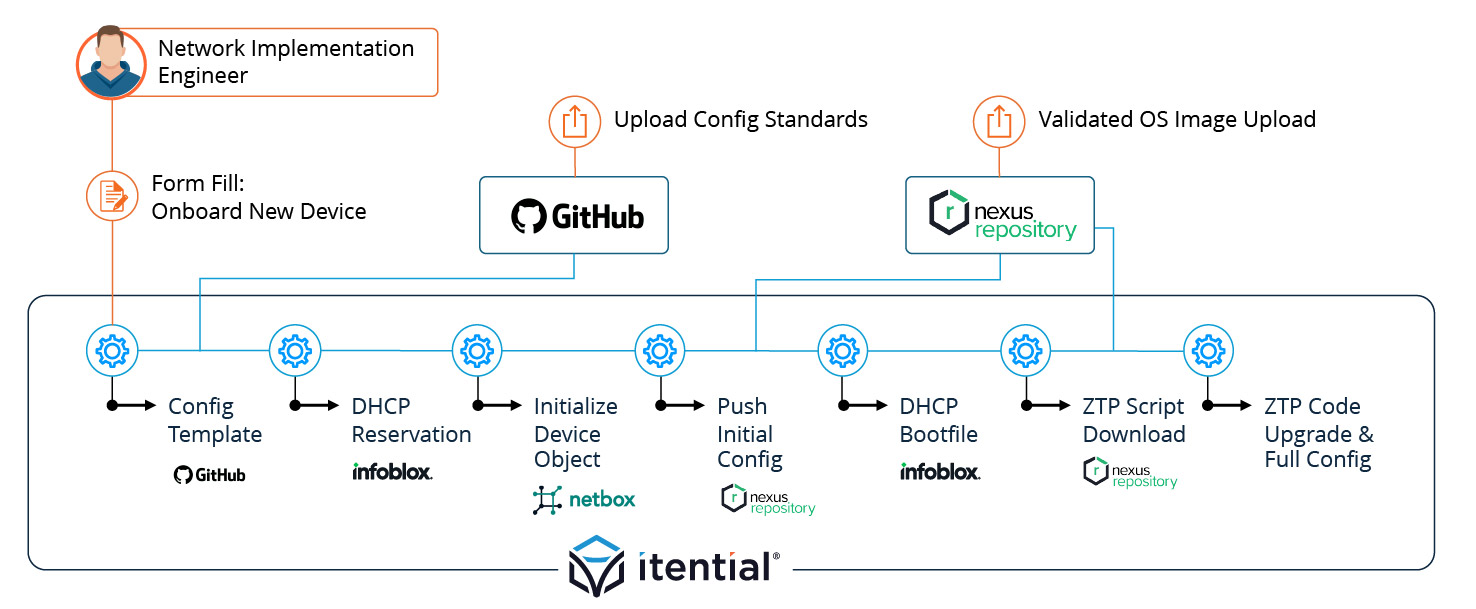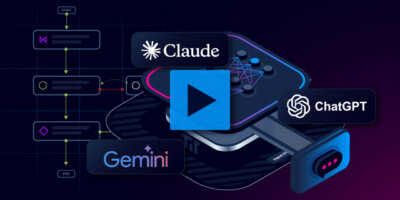Share this

Table of Contents
Utilities today are under pressure to modernize infrastructure while navigating growing complexity, regulatory scrutiny, and the accelerating shift toward AI-driven operations. For Southern California Edison (SCE) — one of the largest electric utilities in the U.S. — this meant rethinking the foundation of how infrastructure is managed, automated, and scaled. Like many utilities, SCE began with fragmented, script-based automation, disparate tools, and disconnected processes. But to build a grid that’s ready for the future, they needed a platform-centric strategy built on orchestration, integration, and data consistency.
From Fragmented Workarounds to Scalable Workflows
Before launching its enterprise orchestration strategy, SCE relied heavily on manual processes and siloed automation efforts. Network engineers were writing custom scripts to handle device onboarding, configuration changes, and upgrades, often with inconsistent results. While these stopgap solutions provided short-term relief, they were fragile, difficult to maintain, and lacked auditability.
One of the clearest examples was in LAN deployment and lifecycle operations. The onboarding process for a single site required:
- Engineers to manually coordinate IP assignments and switch configurations.
- Scripted CLI commands to be run across multiple devices.
- Updates to be tracked by hand in spreadsheets and ticketing systems.
This meant a simple site turn-up could take weeks — with every step susceptible to human error, compliance gaps, and delays.

By transitioning these workflows into Itential’s orchestration platform, SCE replaced brittle scripts with automated, policy-driven pipelines. LAN onboarding, for example, now follows a standardized, zero-touch workflow that spans:
- Automated network provisioning using API calls to IPAM and config systems.
- Real-time validation of configuration and service health.
- Automatic updates to the system of record for full lifecycle traceability.
The result? Faster site activations, better data integrity, and dramatically reduced manual effort — all while building a foundation that’s extensible to future use cases like firewalls, transport, and AI-driven anomaly response.

Beyond Automation: Building a Strategic Foundation
For many utilities, automation began as a series of isolated efforts: teams writing scripts to speed up repetitive tasks or reduce manual configuration errors. These homegrown solutions helped in the short term — but they weren’t designed to scale across teams, technologies, or use cases. SCE realized that in order to prepare for a future of real-time grid operations and AI-driven decision-making, it needed to evolve from disconnected scripts to a unified automation and orchestration strategy.
Instead of approaching automation as a patchwork of tools, SCE made the strategic decision to implement an orchestration platform with governance, scalability, and vendor-agnostic integration at its core. Working with Itential and WWT, they created a central automation framework that could extend across domains — from network device onboarding and software patching to field area networks and firewall provisioning.
Real-World Impact: Efficiency, Reliability, and Scale
The shift to orchestration wasn’t just a technology upgrade — it was a business transformation. With automation workflows built in Itential and deployed across SCE’s hybrid infrastructure, SCE achieved:
- Software upgrades reduced from 6 hours per device to just 20 minutes.
- Zero touch provisioning that enables same-day service activation (down from 45 days).
- 1,000+ engineer hours saved per month by eliminating repetitive, manual tasks.
- Consistent policy validation and configuration compliance at scale.
These improvements freed up engineering capacity, improved operational visibility, and helped establish data pipelines necessary for regulatory compliance and future AI initiatives.
Laying the Groundwork for AI-Orchestrated Operations
What sets SCE apart is how it ties today’s automation efforts directly to tomorrow’s AI ambitions. Initiatives like Project ORCA aim to integrate Large Language Models (LLMs) with real-time operational data to support predictive maintenance and self-healing capabilities.
To make this possible, SCE prioritized automation not only for its immediate time savings but for its role in creating structured, machine-readable data and orchestrated workflows that can be consumed by AI agents. With Itential’s platform serving as the orchestration layer, these agents can trigger validated changes, enforce policy, and interact with the infrastructure autonomously — safely and at scale.
![]()
With automation at the core of our strategy, we’re not just improving efficiency — we’re redefining how utilities manage infrastructure in the age of AI.
Matt Deibel, Manager, Grid Automation Services
What This Means for Utility Leaders
If you’re responsible for the future of infrastructure in a utility organization, the message is clear: real transformation isn’t just about deploying new technologies — it’s about building the right operational fabric to make those technologies deliver value. That means:
- Investing in an orchestration platform that can integrate across tools, teams, and technologies.
- Prioritizing early use cases that deliver quick wins and establish trust in automation.
- Standardizing workflows to improve auditability, compliance, and data quality.
- Preparing now for an AI-driven future by enabling agentic workflows and data governance.
Utilities don’t need to wait to start seeing value. As SCE’s journey shows, you can begin with automation in a few focused areas, then scale with a strategy that supports long-term modernization and resilience.
To learn more about how SCE approached this journey and how Itential is helping other utilities do the same, watch this session from the recent UTC Telecom & Technology conference or check out the full white paper here.



